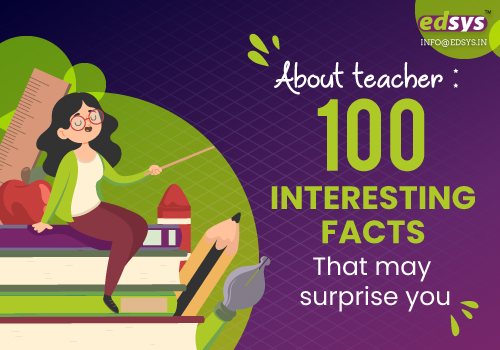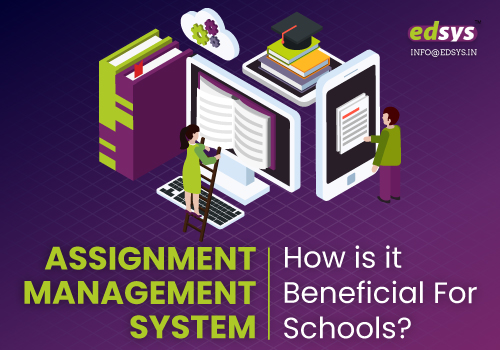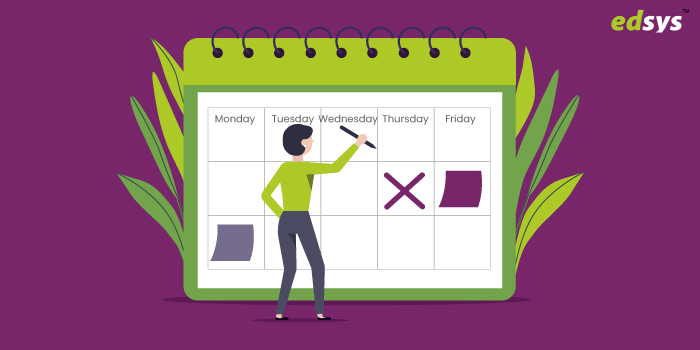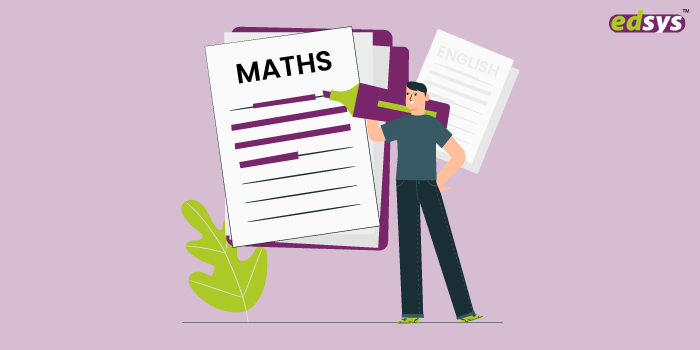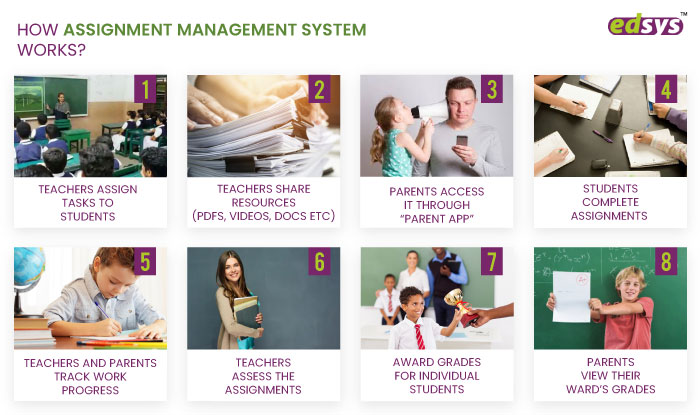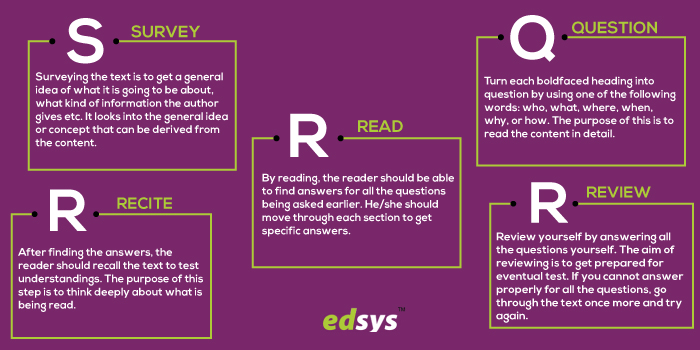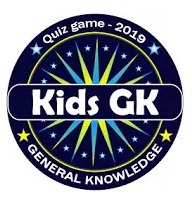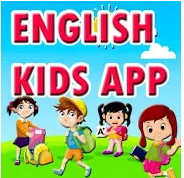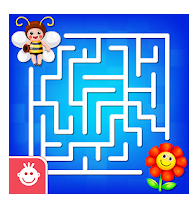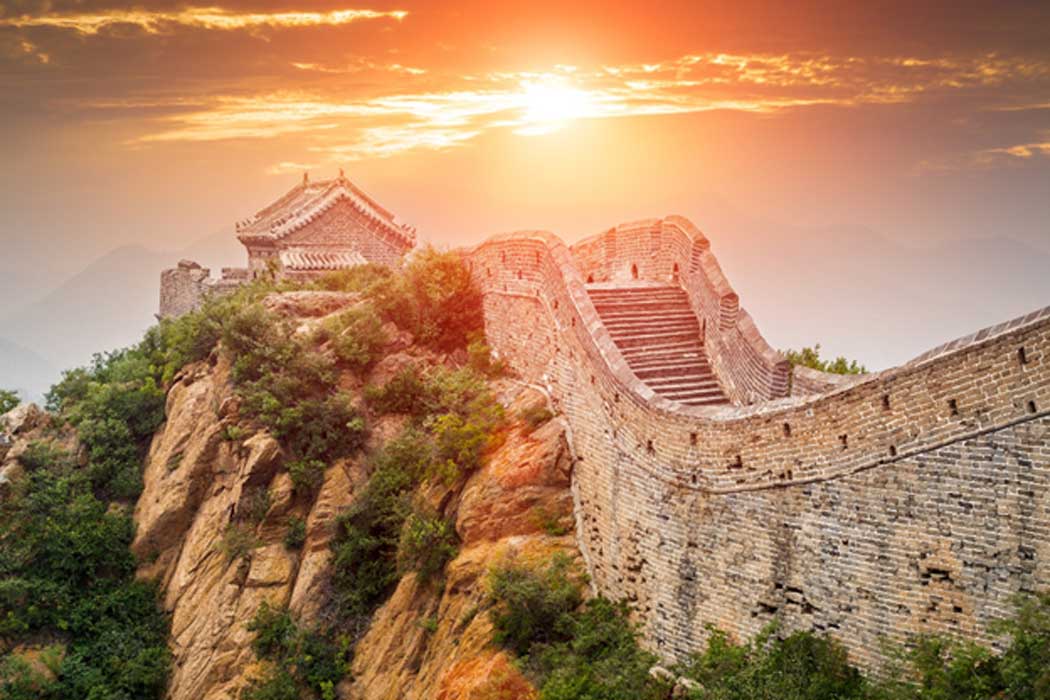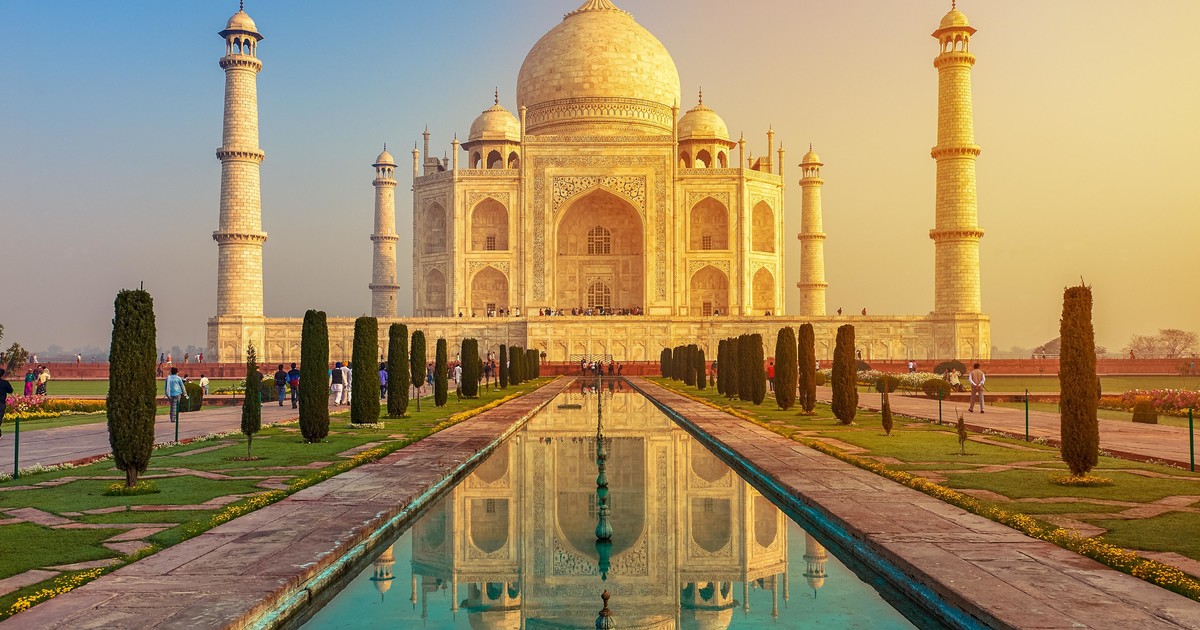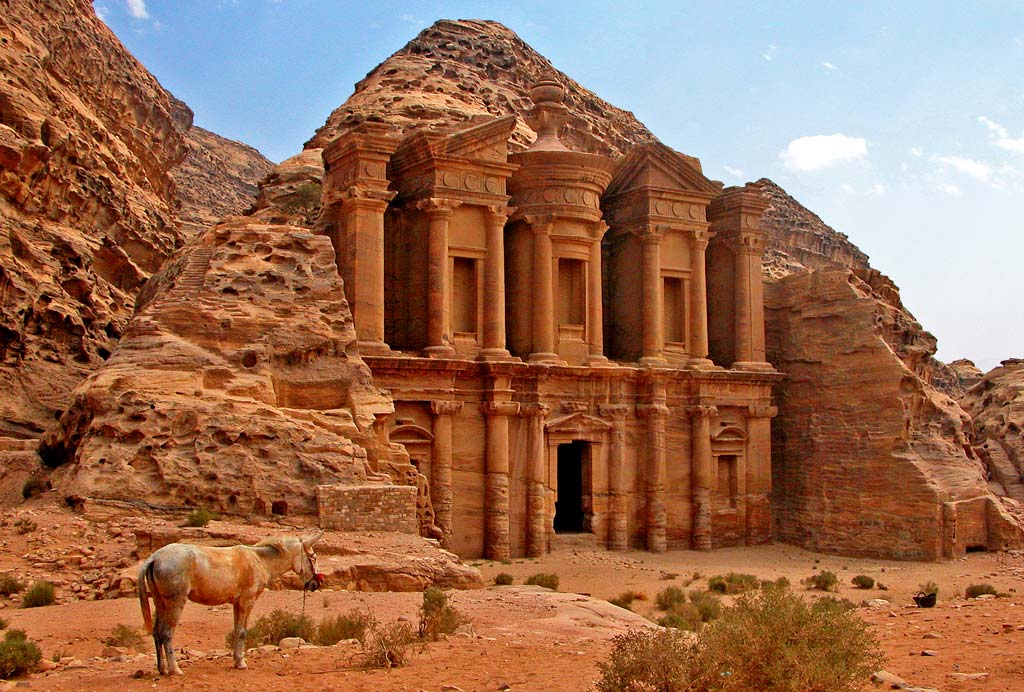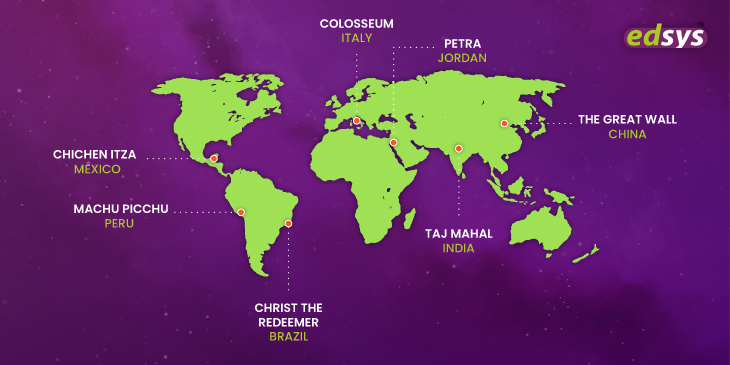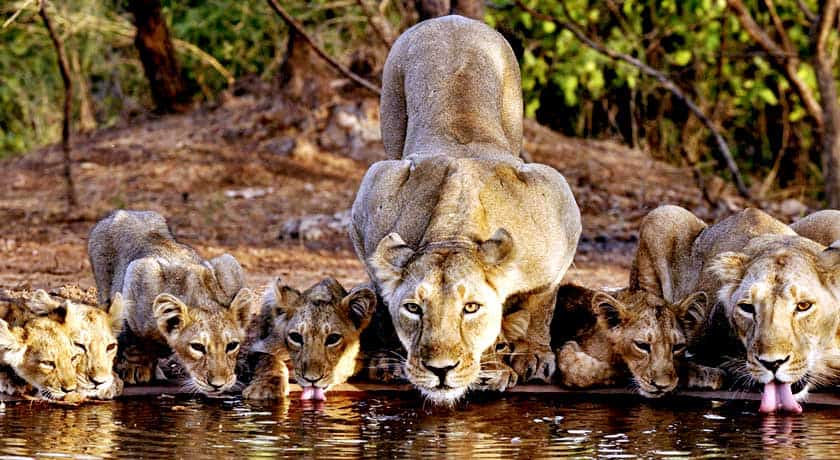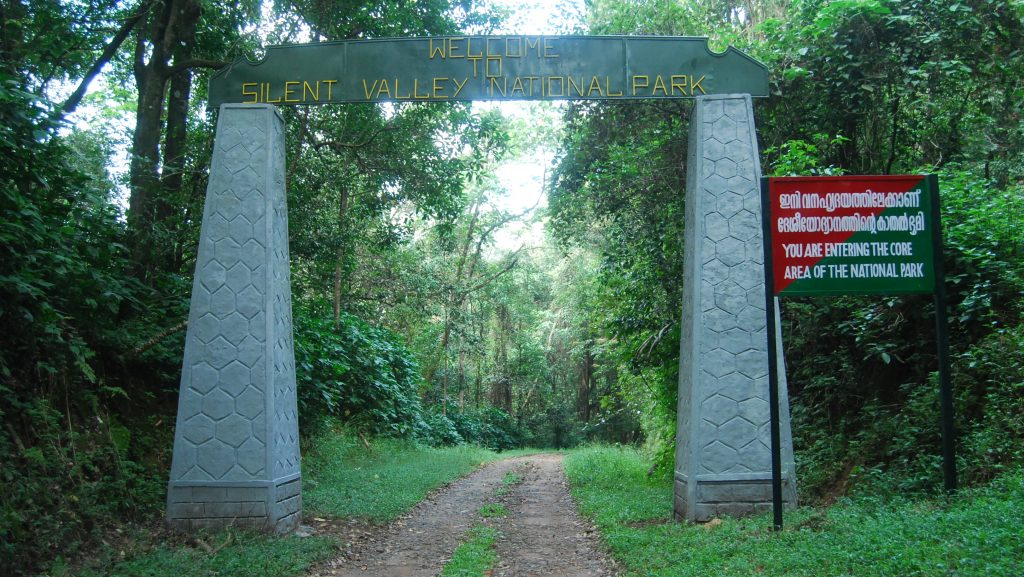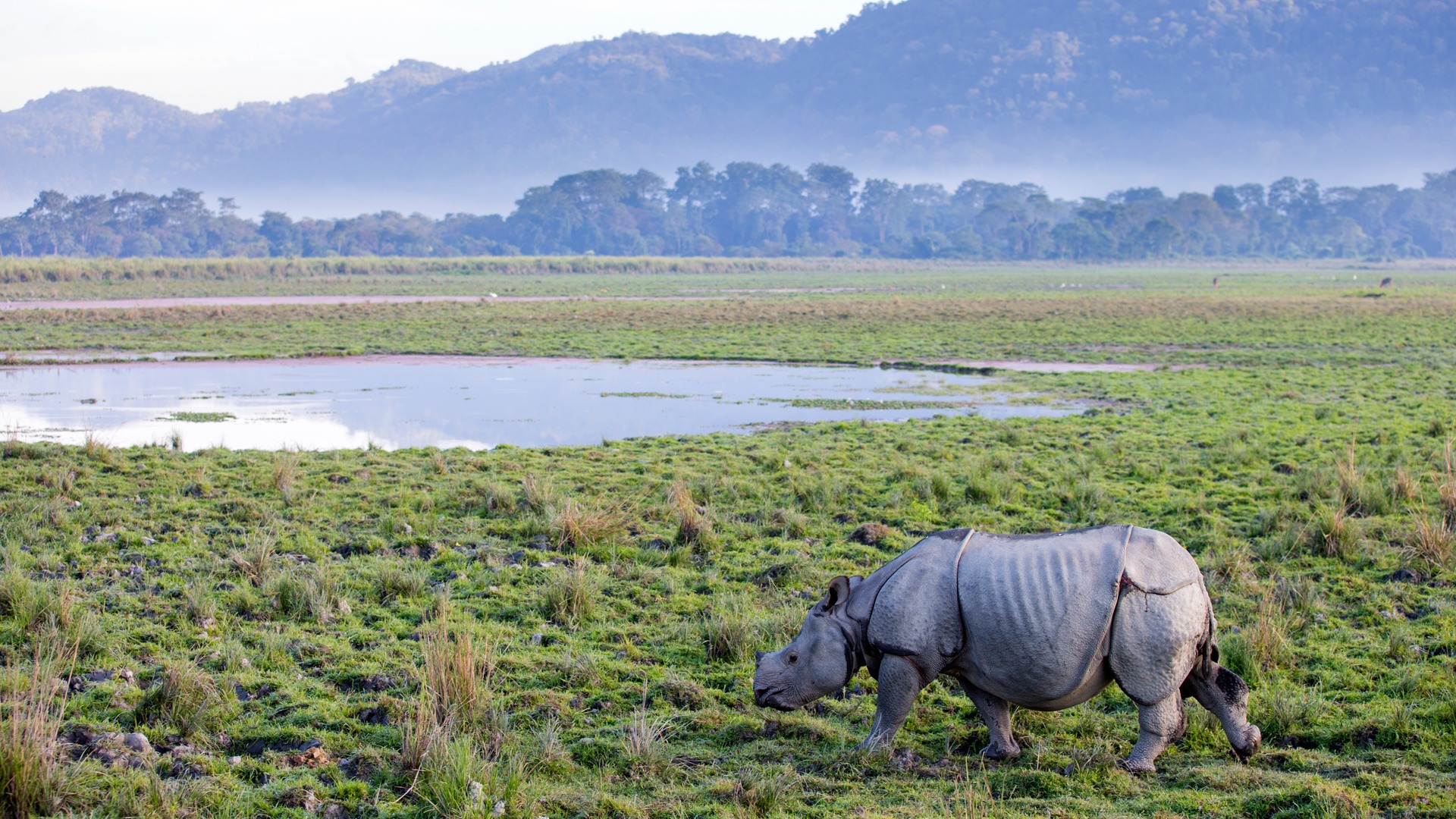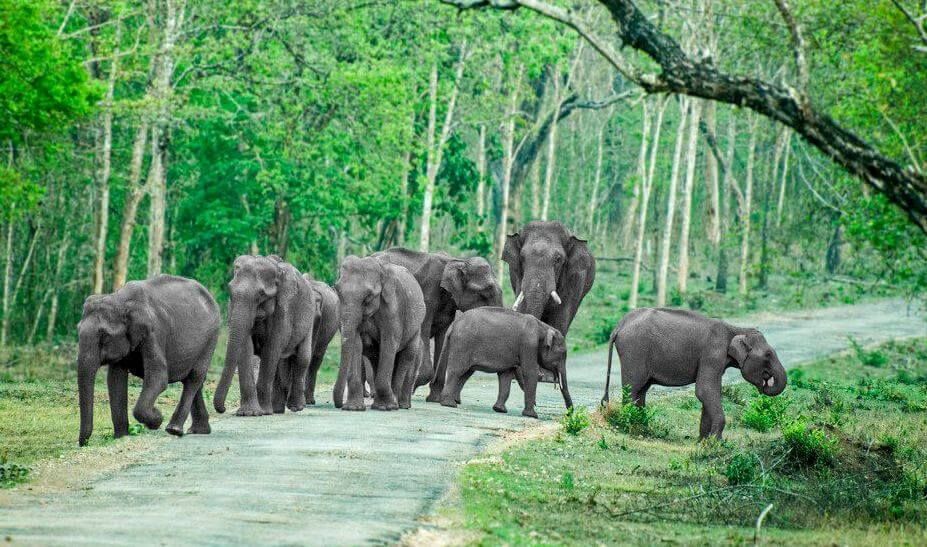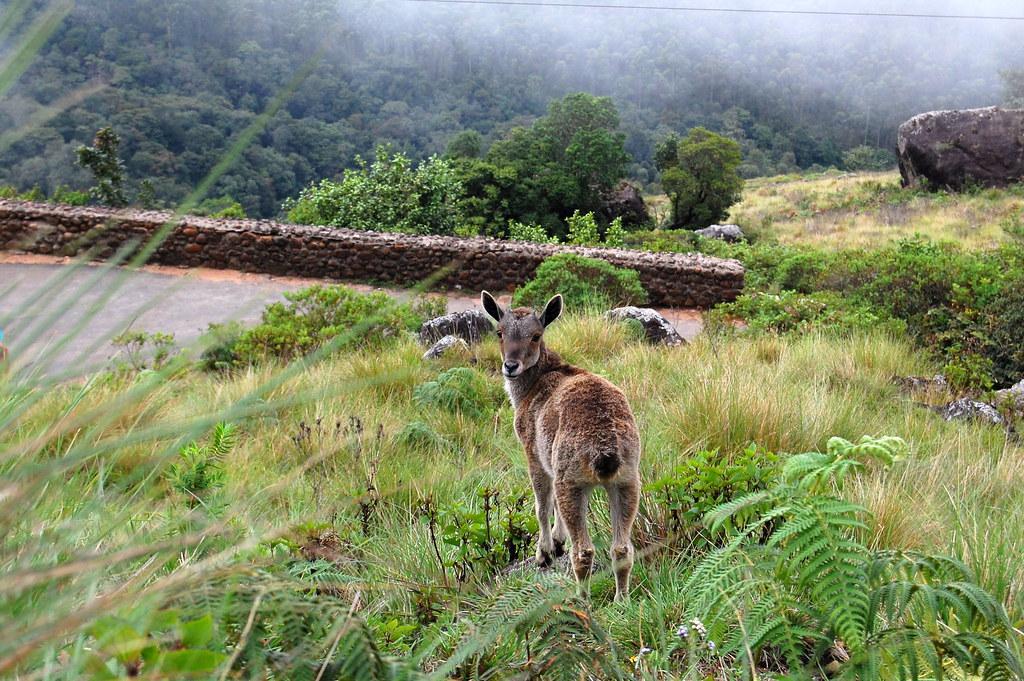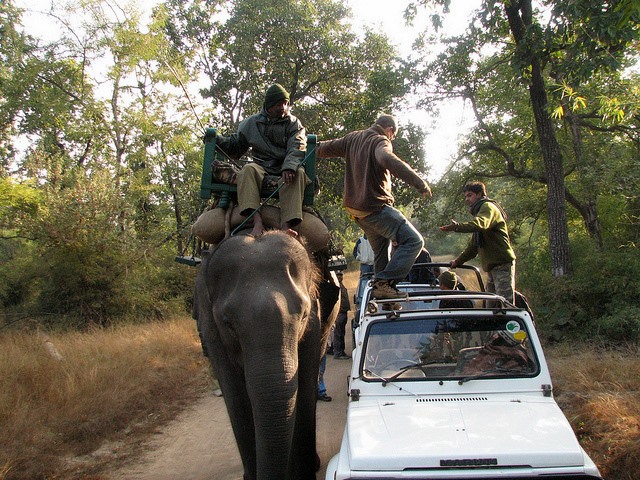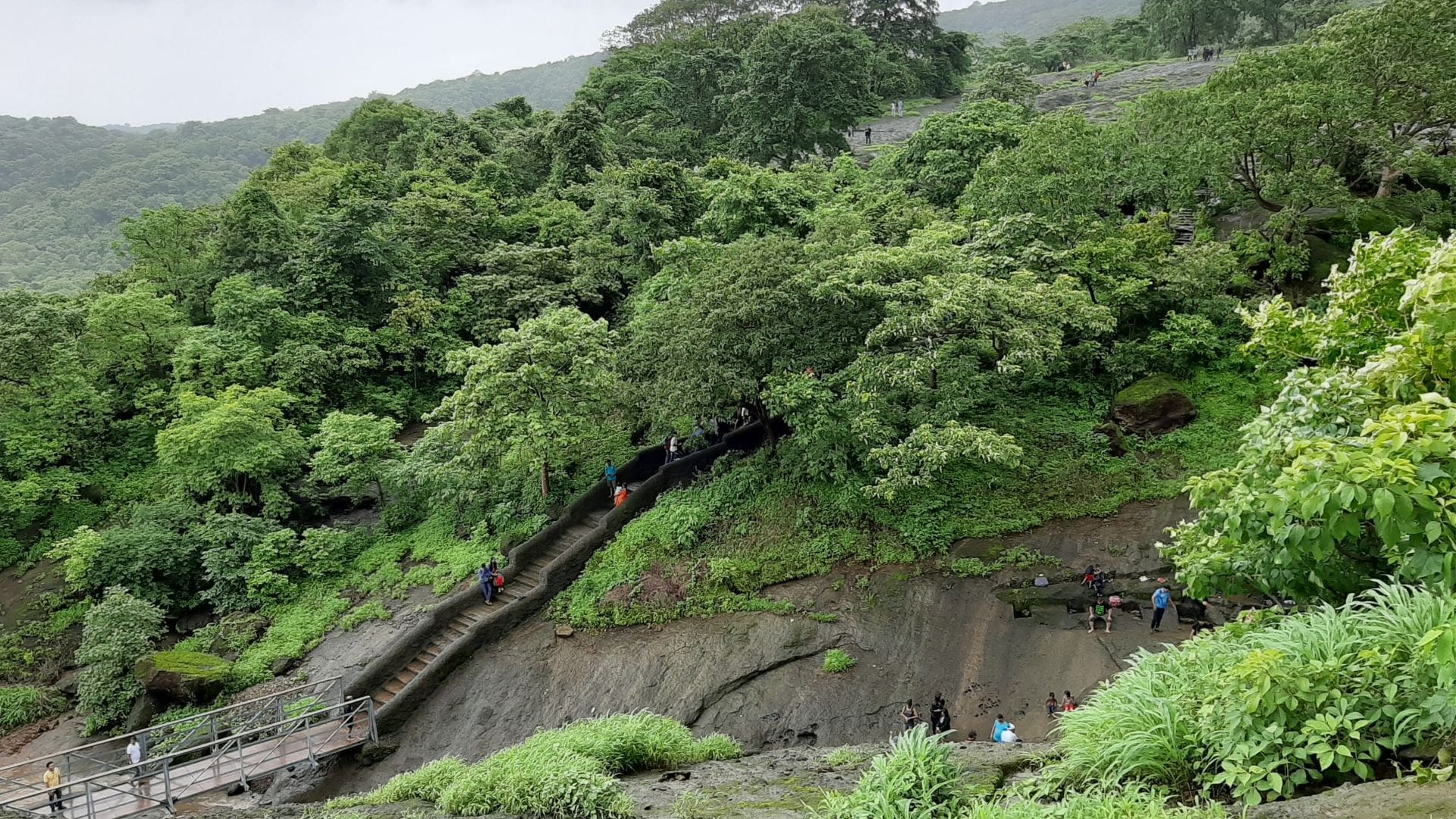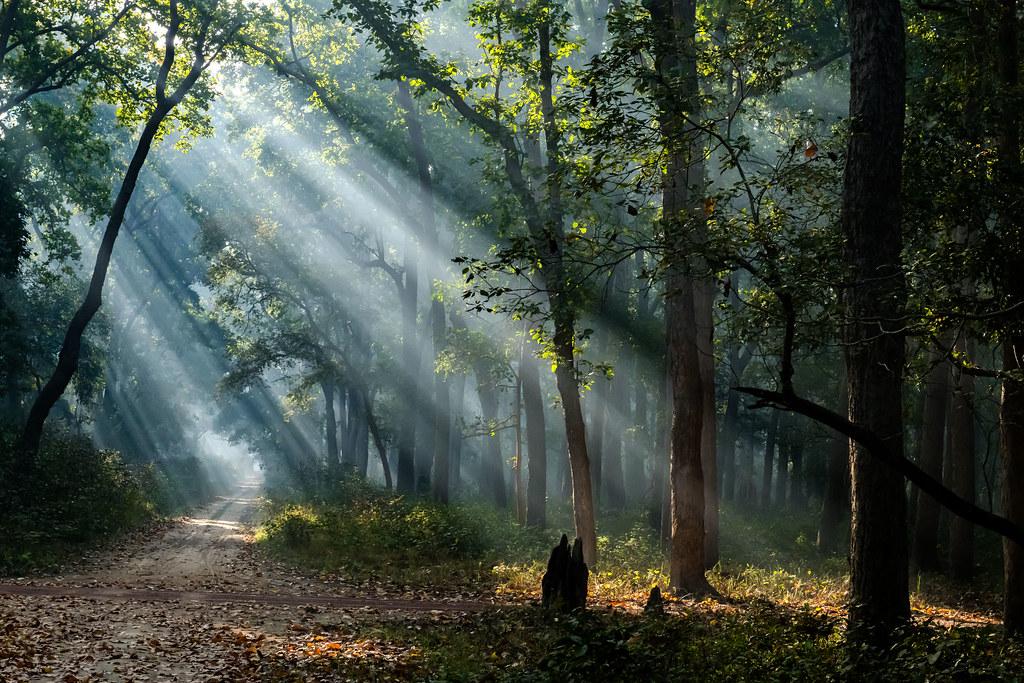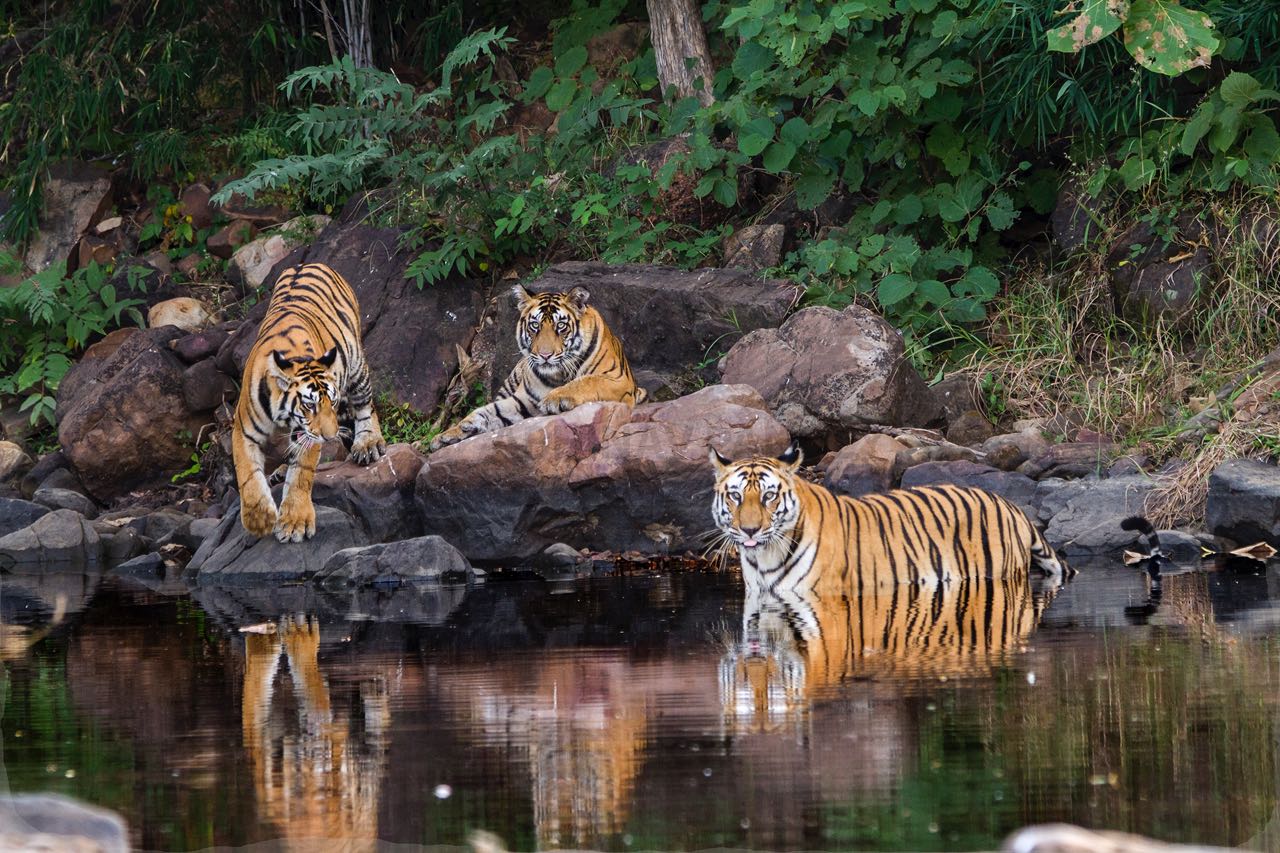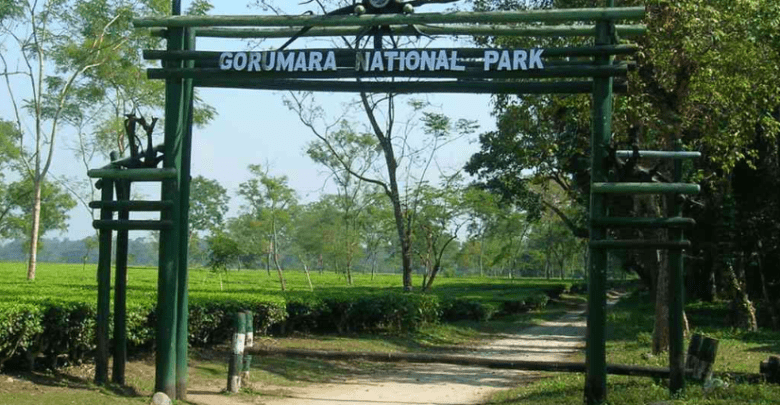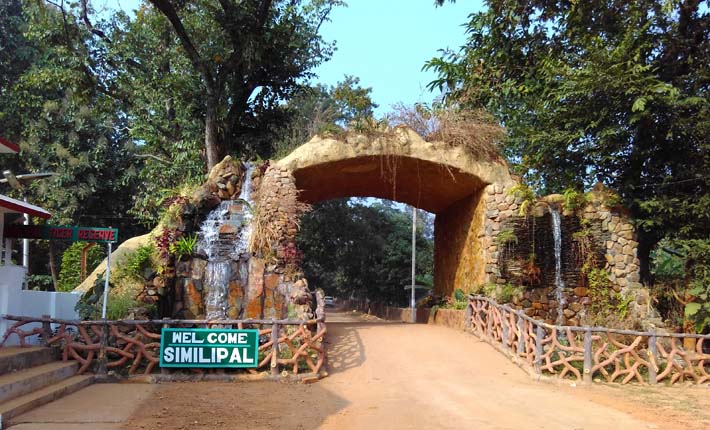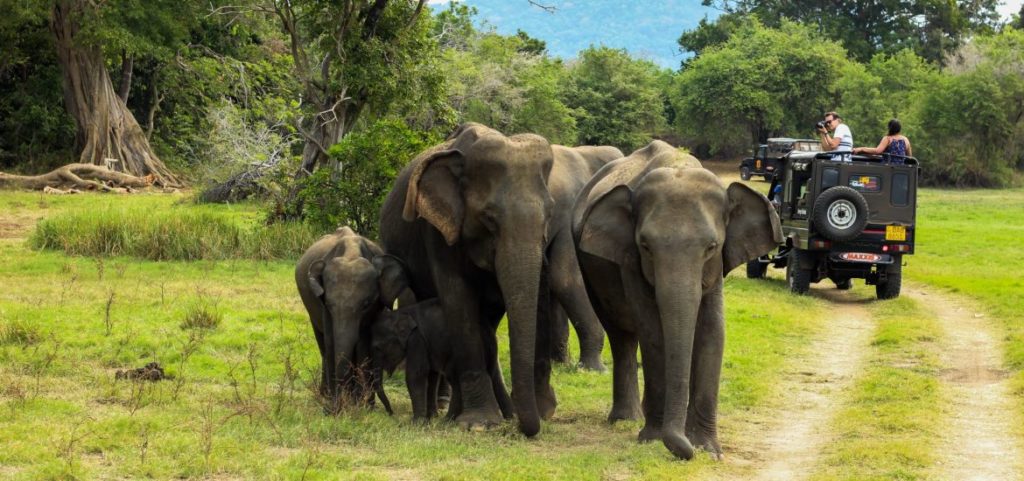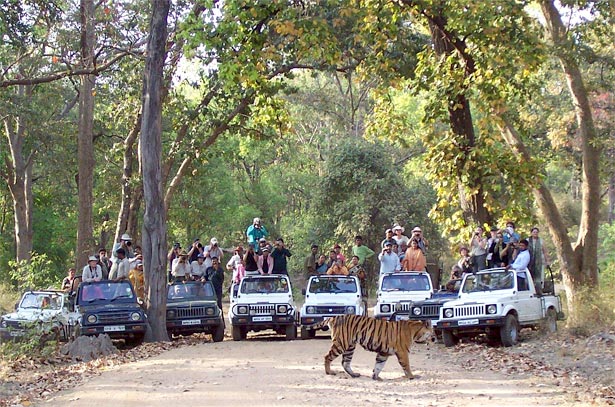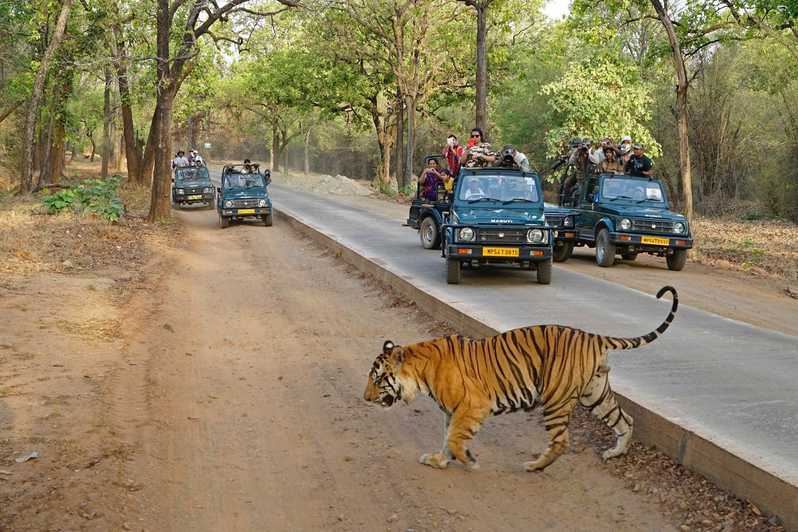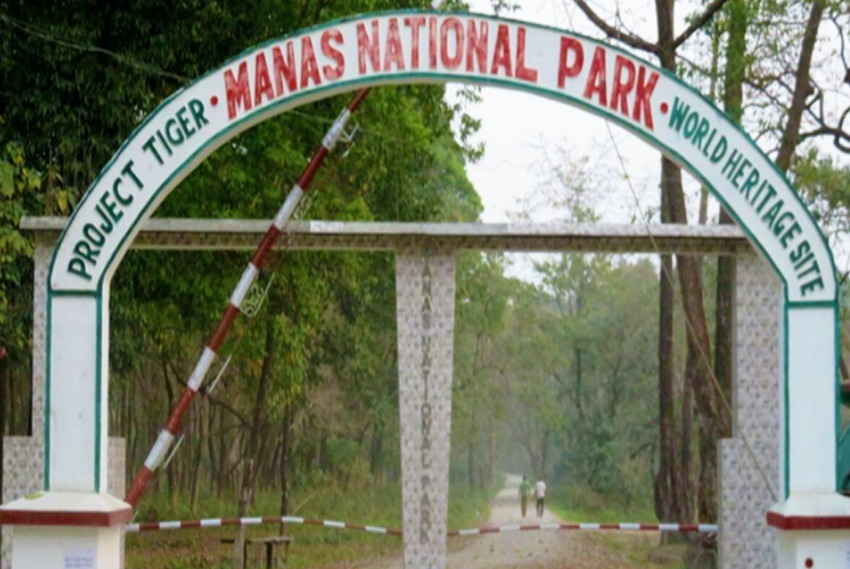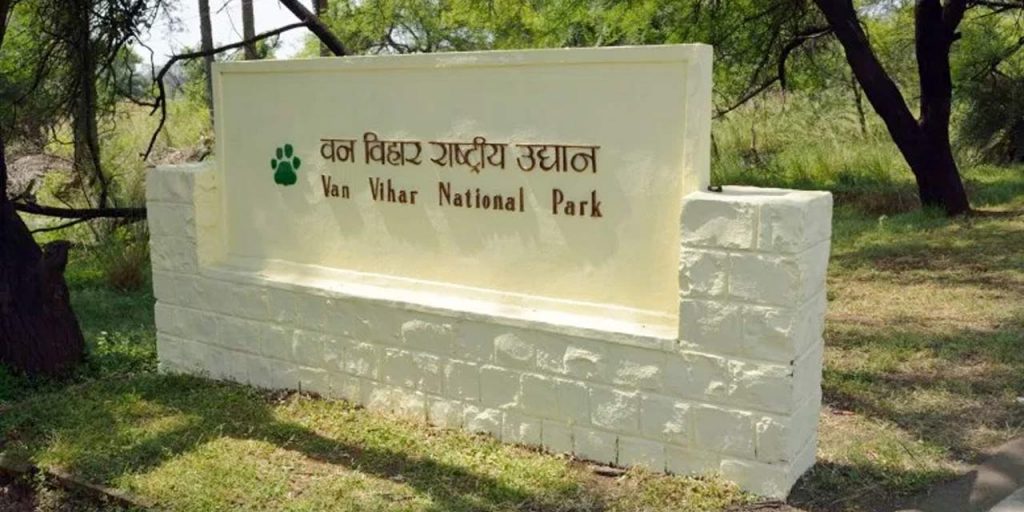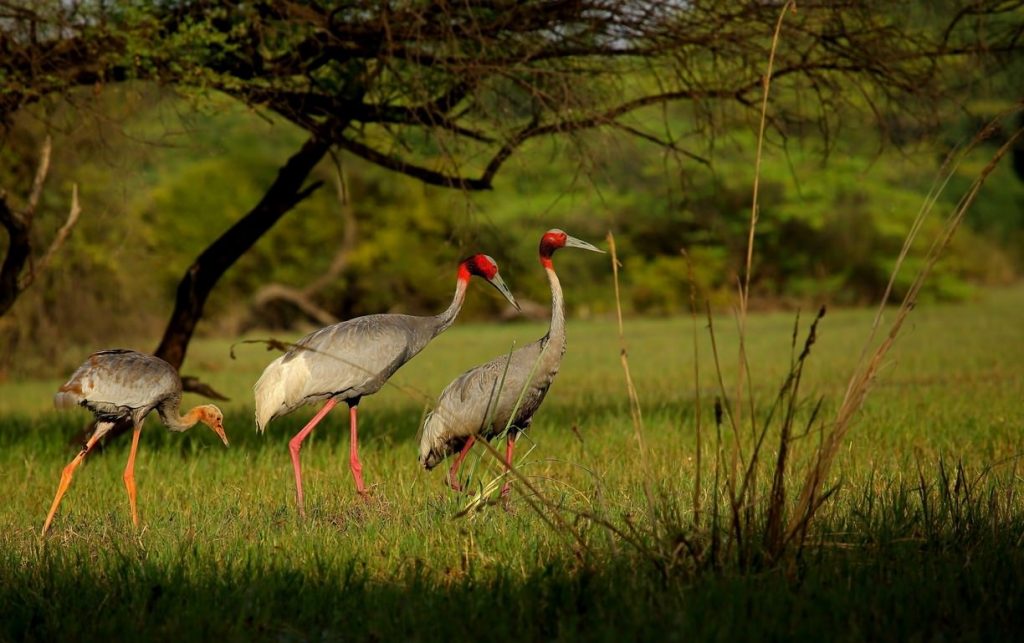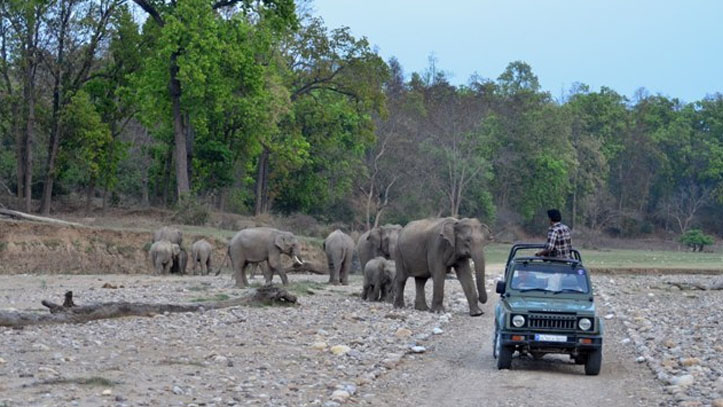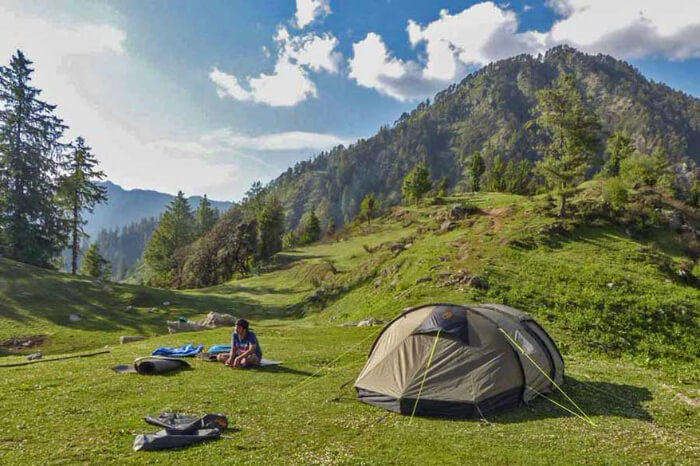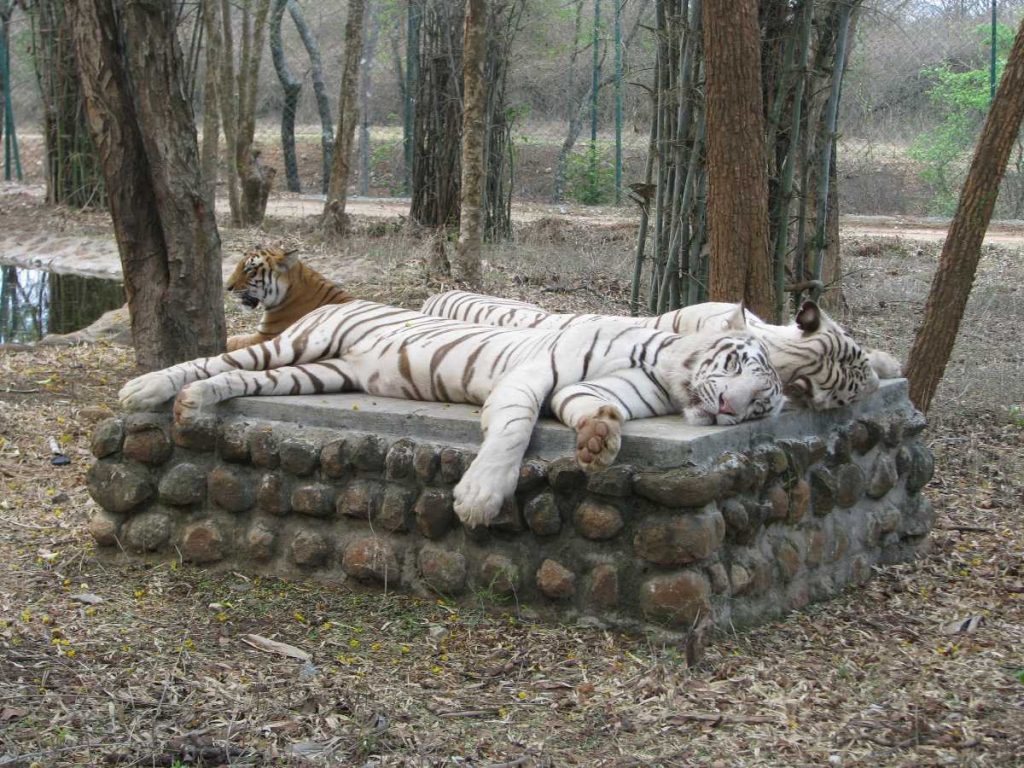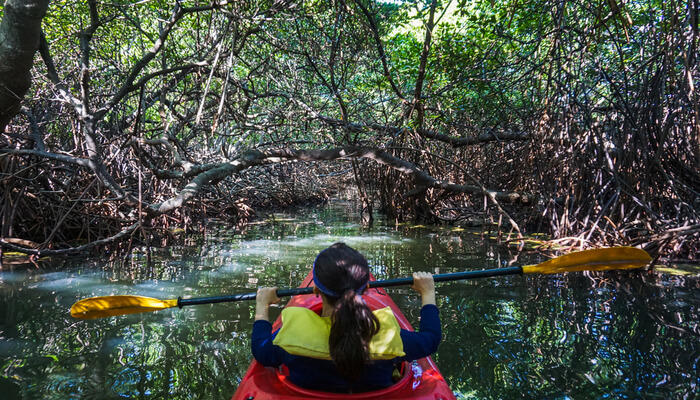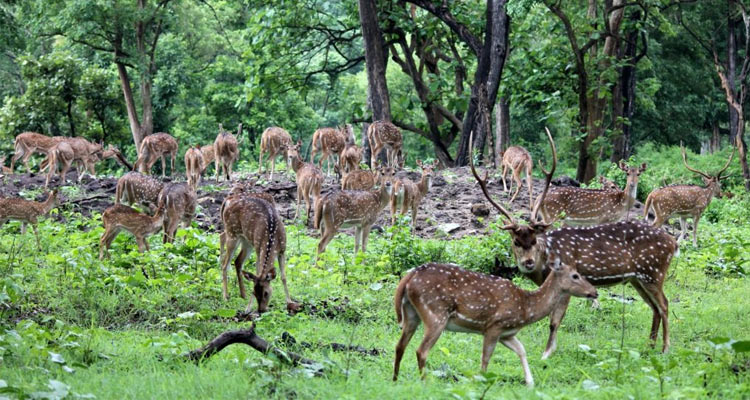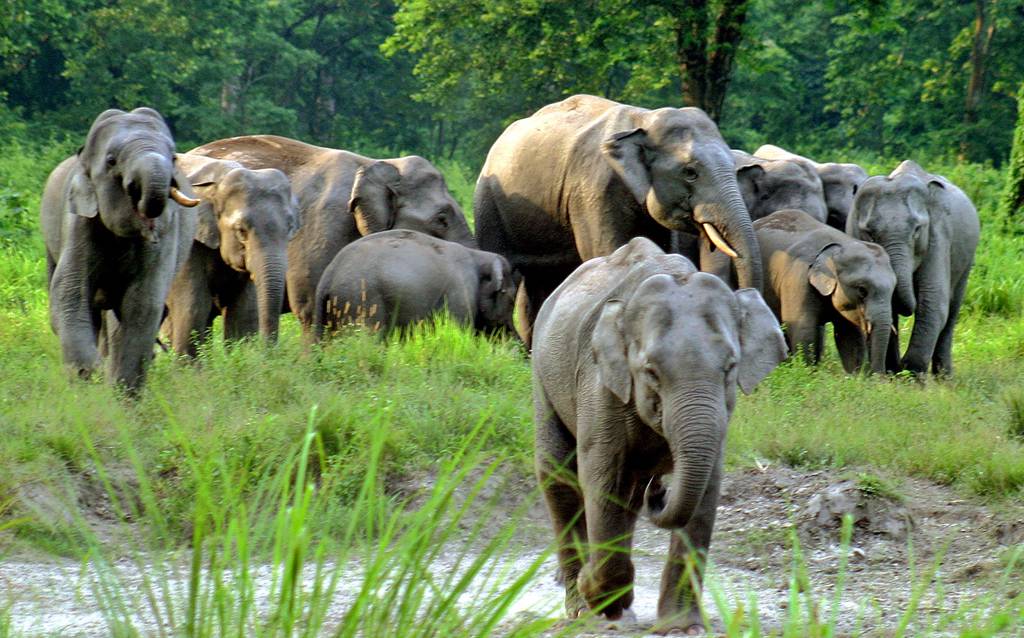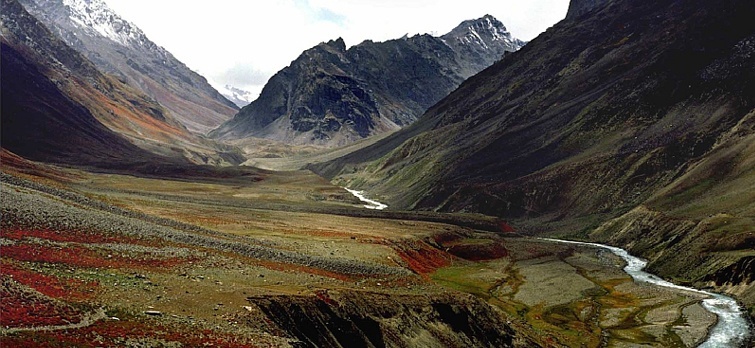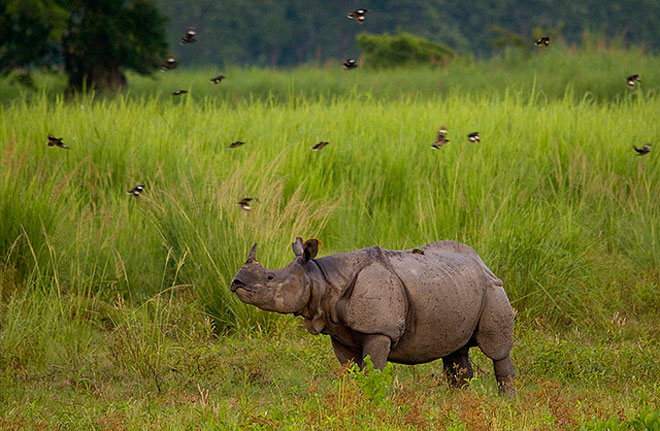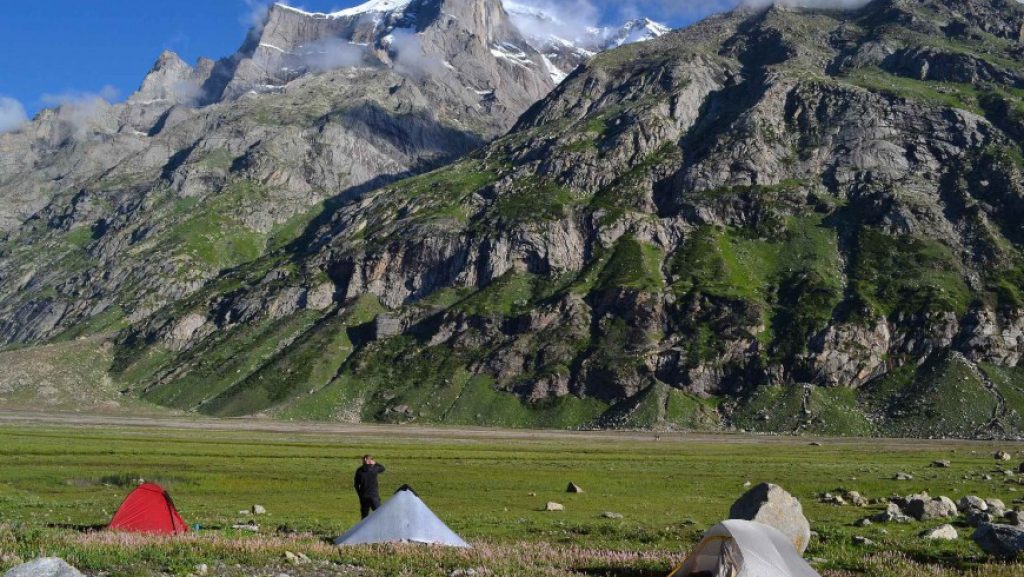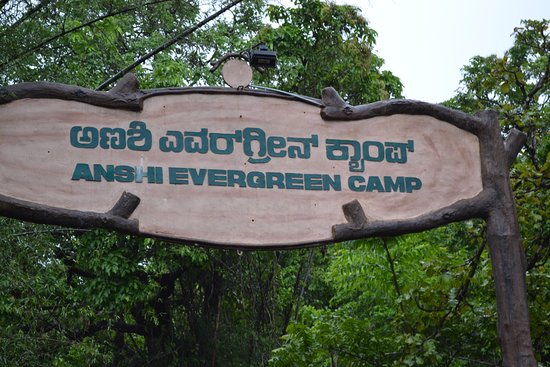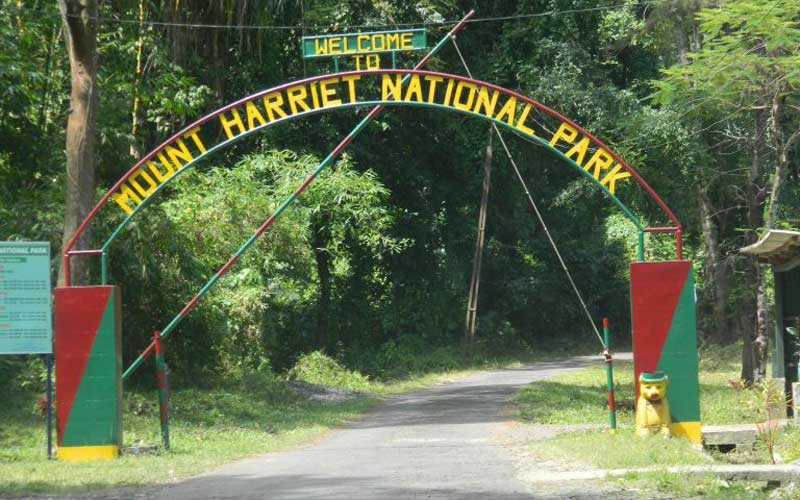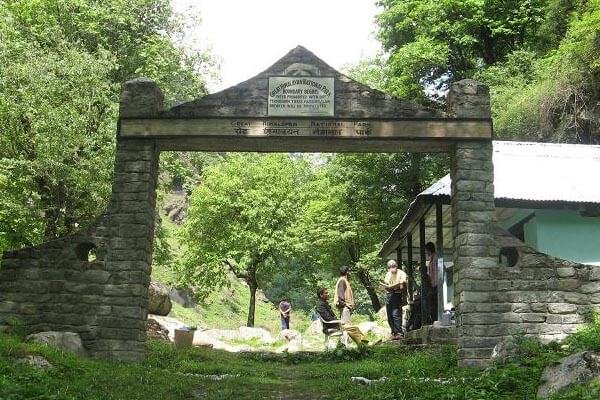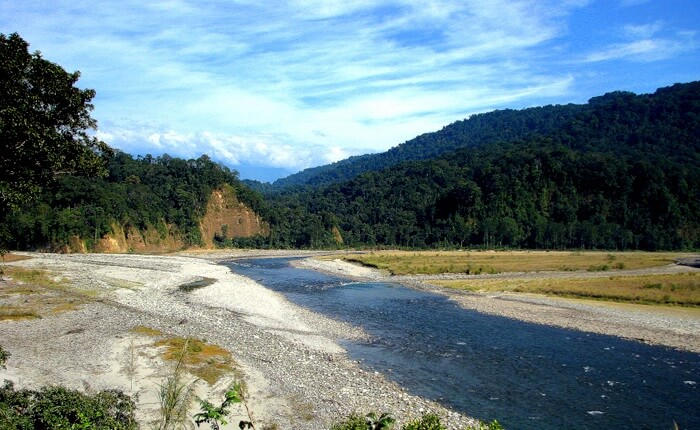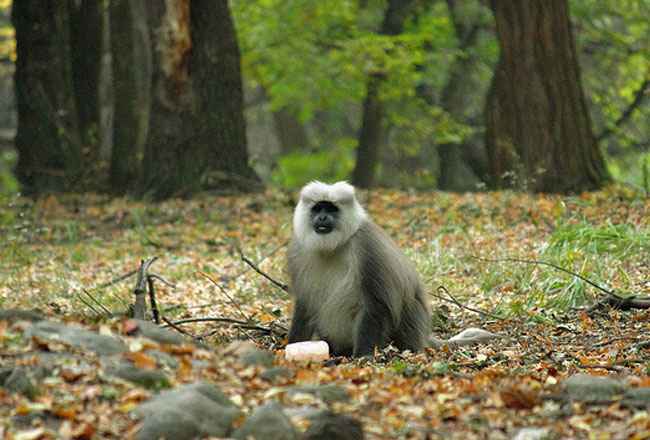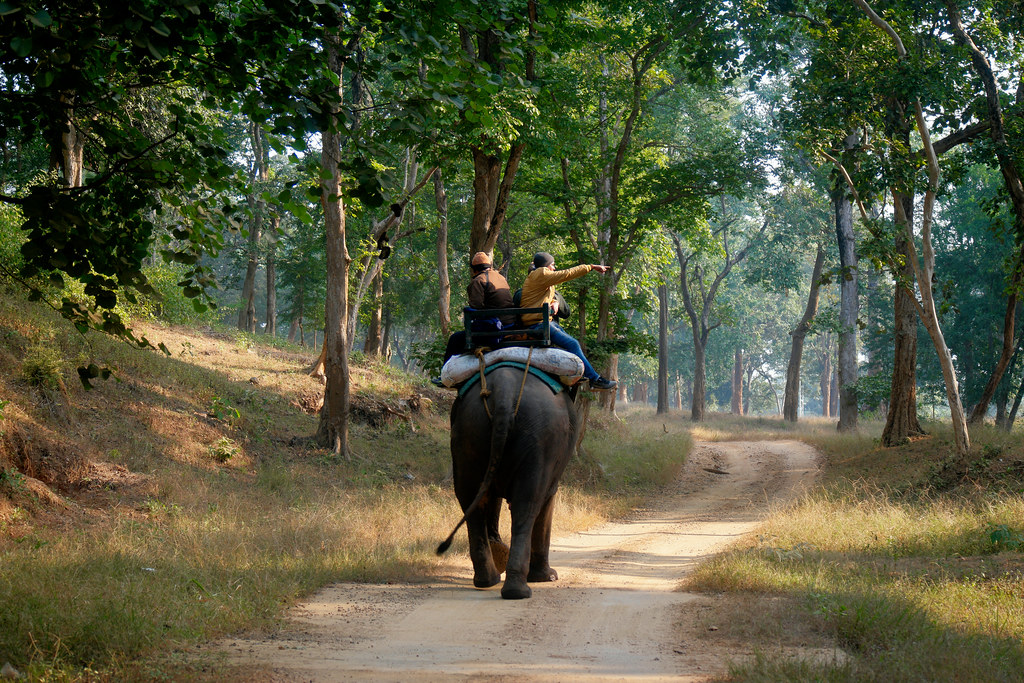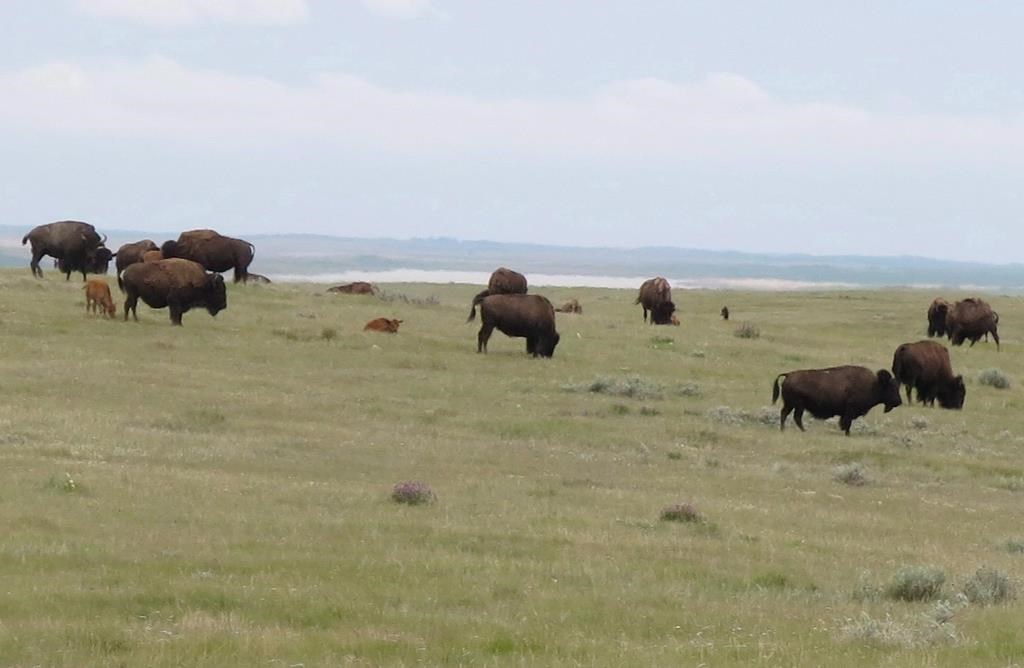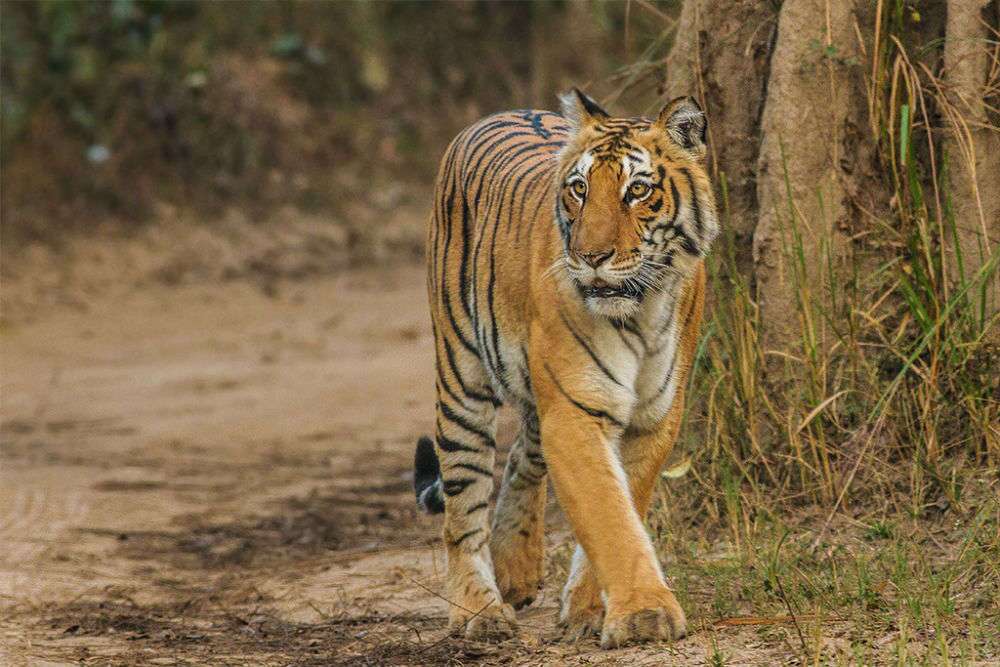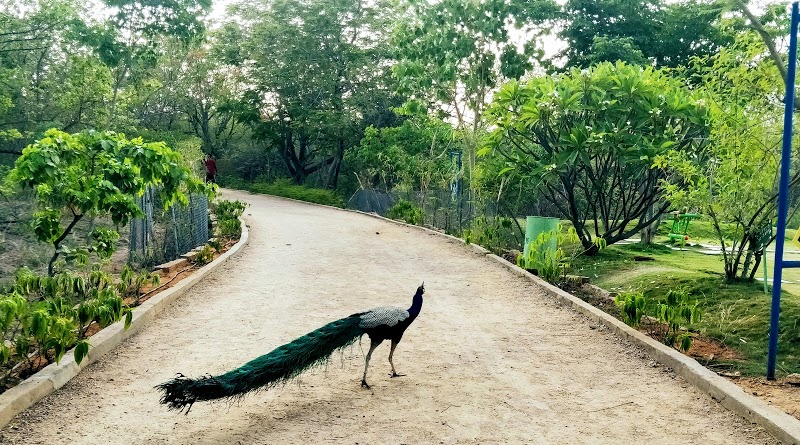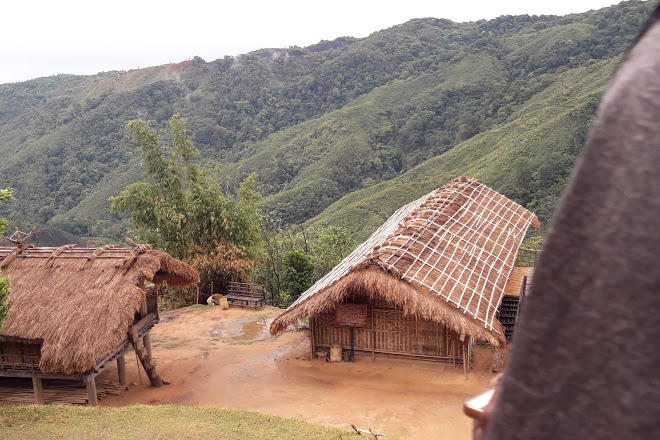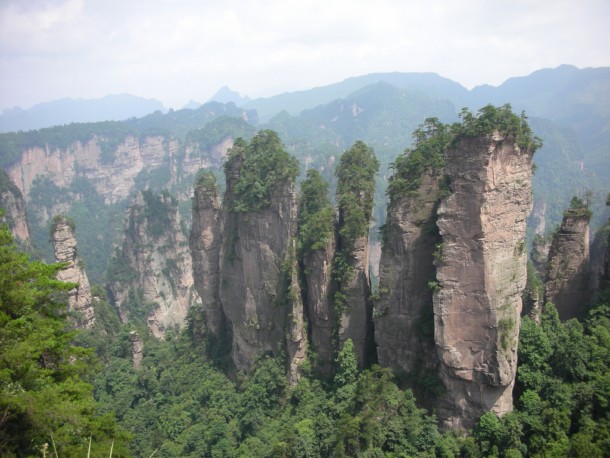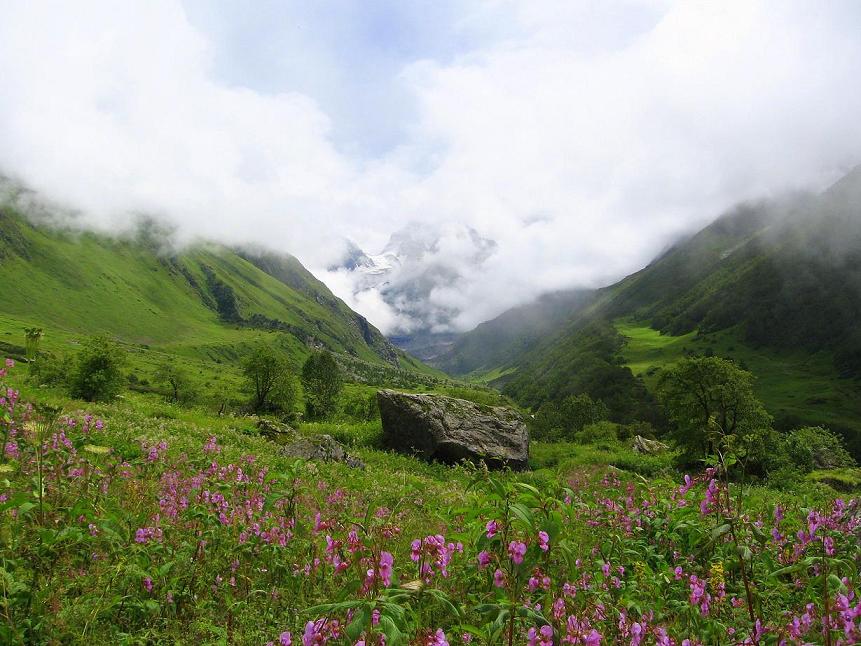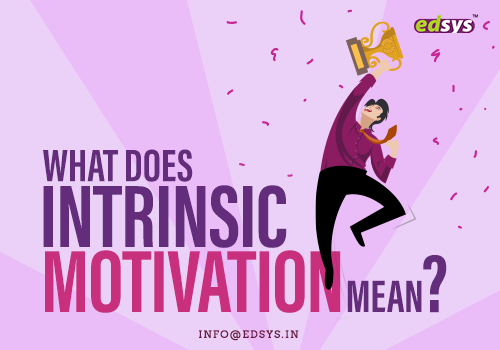As we all know, teachers are the most influential people in the world, the influence and impact these people make in the lives of our kids are immense, though it often goes undervalued and underappreciated.
Our society does not give much acclaim to the sacrifices teachers do, these scenarios should be reversed. People often have misconceptions and misunderstandings on what efforts were put to become a ‘great educator’.
The Neglected Majority
They make all the difference but still, Are they getting the respect they deserve? Have you ever thought of this?
They enlighten the young minds, leaders of tomorrow- They shape the world that is yet to unfold.
The lessons and stories they convey to their students should be acknowledged, despite the students’ complaints stating in turn.
It takes guts to reach out to the gloomy and innocent child who has depression and shows signs of suicide.
It takes guts to listen to their stories and to help them find a solution.
It takes guts to manage hundreds of kids and manage family life smoothly.
These are some of the things they bravely do every day. They really sacrifice their lives for the betterment of nation, to shape each child grow and blossom into capable adults.
Get FREE Teacher Apps (Check it Now)
Misunderstood Profession
A profession often misunderstood by the people.
The masses are unaware of the efforts each teacher takes in the back-end to make teaching effective. They face many challenges every day. It is really a hard time for teachers to cope up with all these situations and stand up rightly in front of students. The efforts of teachers will be appreciated and counted only when the general public understands the real facts about teachers.
Though each teacher is unique in their own way, there are things to relate between their teaching styles and behavior.
Here is a list of Handpicked Interesting Facts about Teacher.
1. Teachers are the bunch of passionate people who enjoys making a difference in the world. They are dedicated to their profession sincerely.
2. Teachers end up in this profession with a passion to shape the young lives of the future citizens.
3. Teachers love to teach when all students attend the class every day. They get more determined to teach them more.
4. Teachers don’t just work during school hours and often they don’t get summer off days. They arrive even before school begins and stay and take back work home.During the summer months, they do research and preparations for the upcoming academic year.
5. As the teaching methods are changing rapidly, they need to focus on the existing and changing teaching methods.
6. Typically, teachers enjoy to work in groups and in collaboration to each other. It helps to bring out best ideas, new teaching methods and figure out learning strategies.
7. It is a proud moment for teachers when former students get in touch and share things with them.
8. Teachers get frustrated when students with excellent potential do not make any effort to maximize their potential.
9. Teachers respect parents who show value and concern for their child’s education. They appreciate and support teachers for the efforts they take.
10. Teachers are real people just like everyone. They come across good and terrible days. They too make mistakes by chance.
11. Teachers want a supporting school administration and principal who provide suggestions for making changes and value their contributions to school.
12. Teachers are creative and unique. Though they club their ideas, they do things differently, outing their own spin on them.
13. Teachers are always looking for ways to improve themselves. They are searching for better ways to reach their students.
14. Teachers do have favorites. But they may not express. They have natural connection to some students for some reasons.
15. Teachers get irritated with those parents, who does not acclaim that education is an understanding with themselves and their child’s mentor
16. Teachers have plans for everything and they hate when things are out of it.
17. Teachers know that individual student and individual classes are different from each other, so they tailor each class accordingly to cater the needs of everyone in the class.
18. Teachers love to be appreciated. They are happy when students or parents do things to show their appreciation.
19. Teachers dislike social media when they focus on minority of teachers who make mistakes and neglect the majority of teachers who do their part well.
20. Teachers hate when parents try to underestimate or criticize them in front of students.
Also Read: Top 35 Teacher Interview Questions and Answers
21. Teachers are aware of the fact that students face many challenging situations in school and home, so teachers do their maximum to help the kids, regardless of the issue.
22. Teachers often undergo pressure when things cannot be finished on time. They get time- constraints as if time is insufficient in a day to get things done.
23. Teachers hate failing students. They put their maximum efforts to help a child perform well.
24. Teachers become teachers not for the paycheck they receive, but they are sure of the fact that things are going to be underpaid and ignored.
25. Teachers are indifferent to political aspects of education.
26. Teachers enjoy being asked for suggestions by the administration; it gives them a feeling of ownership in the school activities.
27. Teachers are not always excited by what they are teaching. They may come across contents where they do not enjoy teaching.
28. Teachers hate to grade papers. They do it because it is part of their job even though it is time consuming and monotonous.
29. Teachers often find ways to make students happy. They do many things to make teacher-student relationship healthier.
30. Teachers often spend their money to meet classroom needs.
31. Teachers always want to inspire people around them, including students, parents, colleagues and school administration.
32. Though classroom management is part of their job, it is one of their least favorite things to handle.
33. Teachers always love to engage in activities for making professional development.
34. Teachers want to be role models for all the students. They do things to portray themselves ideally.
35. Teachers enjoy the free time; it is a time for them to refresh and reflect themselves to make effective changes that can benefit their students.
36. Teachers love to see a classroom size to be around 15 to 20 students so that they can pay attention to all students.
37. Teachers want to maintain an open line of communication between students and parents throughout the entire academic year.
38. Teachers understand the importance of school finance and the role it plays in education. They are always bothered to spend it wisely.
39. Teachers want to have a supporting administration, if a parent or student makes a false allegation against a teacher, they want the school authorities to stand along with them and support.
40. Teachers do not like their classes to be disturbed, they respond with flexibility during those times.
41. Teachers put their maximum efforts to help students to be responsible, successful and productive in future.
42. When a student does not perform well, the blame falls on the head of teachers, but there are many factors that are beyond a teacher’s control.
43. Teachers get irritated when their colleagues are lazy and do not perform their part properly.
44. Teachers are often the first to hear a student’s problem in case of difficulties.
45. Teachers are committed to make a difference in individuals, classes and even societies.
46. Disruptions can cause irritations in teachers, but they are flexible and accommodating at times.
47. Teachers always love to learn new technologies and they are ready to implement new methods when properly trained.
48. Teachers often get frustrated for relatively low colleagues who are teachers not by choice but by chance. Those are minorities, not sincere to the job.
49. Teachers dislike those parents who undermine school authorities in front of their students.
50. Teachers wish to meet successful alumni students who became successful citizens in life. Teachers are eager to meet them to applaud them for their big achievements.
51. Teachers spend more time to make a student understand the tough part and are thrilled by the “light bulb” moment when they suddenly understand the portion.
52. Teachers often worry about some of their students outside of the school hours, for they do not have best home life.
53. Teachers hate standardized testing, believing that it is an undue stress on students and teachers.
54. Teaching process is often cyclical. They often teach the same content every year, but to a different group of students.
55. It is being estimated that 46% of teachers leave within the first five years, it is because they are forced to because of the low salary.
56. The job of teachers is compared to be stressful than the jobs of pilots and firefighters.
57. Teachers also need to have some time of theirs. They also want to use social media just like others to stay updated, but often they lack time for themselves.
58. Teachers want her students to write essays. It doesn’t mean they want students to be Hemingway, Shakespeare or E.L. James, but when students write essays in a way to express their thoughts clearly. They must have good critical thinking and should know to convey knowledge to others in an understandable way.
59. A teacher may not know everything under the sun. Don’t blame teachers if they are unaware of some or the other things.
Also Read: 151 Methods in Teaching
60. They are also human beings and can be ignorant of some things.The lives of teachers involve immense sacrifice. As society always want to see them as excellent role models, they need to do a lot of sacrifice in their personal lives. School activities, paper evaluation, research etc. also eat up their time for family and friends.
61. Teachers offer more parenting to students today. Students from broken families find relief and comfort in their teachers.
62. Teachers spend a majority of their income in brightening up their classrooms or buying essentials for students.
63. Teachers too have family and kids. Most of the parents do not think of this and assume teachers should listen to them and their kids’ issues. Be considerate to them.
64. Teachers have to be comical sometimes to make young listeners pay attention to the class. This kind of drama played by teachers makes them real orators.
Now let’s see some surprising stats about teachers….
65. More than 65% of teachers used to buy food for their students.
66. It is estimated that 1 in 3 teachers have purchased mittens, coats and other warm clothes for their students.
67. On a real basis, every US public school teacher spends up to 1,000 dollars for classroom supplies.
68. Nearly 1 in 3 teachers have purchased basic hygiene products such as soap, toilet paper for their classrooms.
69. More than half numbers of educators have spent their own money for field trips for students who couldn’t afford to pay.
70. Researches show that 44% of teachers have said salaries at their schools have been frozen.
71. Teachers are of the opinion that, donating funds for classroom supplies or donating classroom supplies is the best way to help their schools.
That is all about teacher stats; now let’s move to the other interesting facts on teachers:
72. A teacher makes personal connection with students; it helps them to relate to what is being thought. Teachers and students have some things in common.
73. Teachers encourage students to take risks. Because they know adulthood can be competitive and teachers inspire them to overcome difficult situations.
74. A great teacher is a continuous learner. He/she knows that there are things to be learned from everyone, from colleagues, parents, students etc.
75. Teachers plan their lesson plans creatively in a way to stick with students now and for the years to come.
76. Teachers are able to live without immediate feedback. Teaching and learning process is much like nurturing a garden. It takes time and dirt to grow.
77. A successful teacher knows when to listen to students and when to ignore them. Avoiding their opinions and agreeing their opinion every time will make a teacher fail ultimately. So, a teacher should be able to know when to hear them and when not.
78. The majority of teachers are women. Nearly 77% and more than 54% of school principals are also women.
79. As the pay scales of teachers are low, most teachers have part-time jobs to meet their daily needs.
80. Great teachers identify ambitious goals to improve the effectiveness of their teaching.
81. Good teachers deliver top-notch education in their classroom, despite the outside forces of poverty.
82. Teachers focus on student learning and increase the value of class time.
83. Teachers adjust teaching strategies and lesson plans to cater their student’s needs.
84. Most teachers spend summers by taking private classes and teaching in summer schools.
85. Most of the teachers used to work an average of 50 hours a week.
86. Teachers work more than 400 hours of overtime every year.
86. The profession of a teacher is one of the most admired professions in the world.
87. On average, teachers affect more than 3,000 students during their career.
89. Only 18% of teachers get 8 or more hours of sleep per night.
90. Teachers make 14% less than people in other professions that require similar level of education.
91. Most teachers have a lot mugs, frames and stuffed animals which they have received from their students.
92. The model age of retirement of teachers is about 59 years old.
93. Teachers have heard it all! Kids dish on their parents’ secrets all time including money, politics, family clashes etc.
94. A teacher affects eternity as they cannot tell where their influence stops.
95. A teacher contributes more to the future of our society than any other profession.
96. In the recent times, teachers use social media platforms like twitter chats or Facebook groups to make students participate in discussions outside classrooms.
97. Typically, teachers do not enjoy having to grade assignments. It’s time-consuming and repetitive, but a necessary part of their job.
98. Teachers may have disagreements or personality conflicts with some, just as in any other profession.
99. Teachers are just like everyone else: they have good days as well as bad and they’re not infallible.
100. Teachers are always grateful when their students show appreciation for the impact, they’ve had on them.
So, these are some of the interesting facts about your teacher.
Today is the perfect time to appreciate your teachers for all the things they have done, to all the care, sacrifice, love, concern etc.
Hesitate not, whether you are a student, an alumni or an intern, take some time to thank them.
Believe me, they do appreciate this!!!
